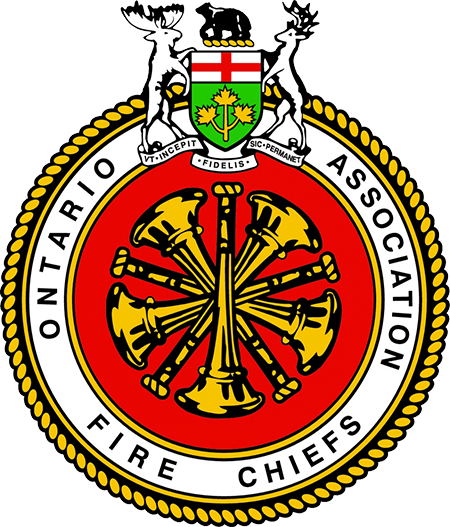It can take firefighters in the northern part of Wellington County up to 15 minutes to respond to a fire, but the sharing of resources between fire departments has the potential to improve that.
That’s according to director of fire services Chris Harrow, who acts as chief for the Minto, Mapleton and Wellington North fire departments.
Together those departments muster the manpower of about 180 volunteer firefighters, who step up to respond not just to fires, but medical calls and motor vehicle collisions, too.
“We’re pretty evenly split between medical, MVCs and fires,” Harrow said of how the call volumes are generally distributed.
Benchmarks for response times are set by the local councils, which also control the budgets for fire services, he said.
Most small municipalities operate volunteer fire departments, because the expense of employing full-time firefighters is too high, Harrow said.
“Small municipalities just can’t afford it,” he said.
For that reason, even as Minto, Mapleton and Wellington North grow, they are unlikely to move away from the volunteer system any time soon.
It would not be population growth, but rather an increase in response times that would prompt councils to look at changing the system, but currently local councils may actually be in a position to set a lower benchmark for response times, “because we have so much more resources by the three departments working together,” said Harrow.
The chief spoke to FergusEloraToday on Saturday as members from all three fire services completed training exercises on the Ontario Fire College’s mobile life fire training trailer, which was set up at the Mapleton Township municipal office.
“It’s really the only training they can get outside a live fire situation,” Harrow said.
The trailer, which can be reconfigured to simulate different types of fire situations, allows the firefighters to tick off multiple boxes on a long list of training and qualifications they are required to keep up to date in order to hold their positions.
Because the trailer is in high demand by services that don’t have their own live training towers, the north Wellington firefighters only get an opportunity to use the trailer about once a year, Harrow said.
“It’s really good training,” said Curtis Fensom, a captain with the Mount Forest fire station, who took part in the training earlier in the week.
“It’s as close as you can get to a real fire,” he said, calling it “great practice.”
Fensom volunteers in Wellington North, but is a full-time firefighter in Vaughn.
Harrow said about a dozen of the local volunteers are also full-time firefighters with other departments, but for the others, careers vary, with most of them working other full-time jobs.
Roughly 10 per cent of them are women, he said.
While it may seem counterintuitive, Harrow said as populations have increased locally, call volumes have actually decreased.
He suggested improved technology, such as better smoke detectors and sprinkler systems, might account for a decrease in fire calls. But he said new construction – involving light-weight materials and open-concept homes – can mean fires do more damage.
“The fires we are seeing can be more devastating,” Harrow said.
